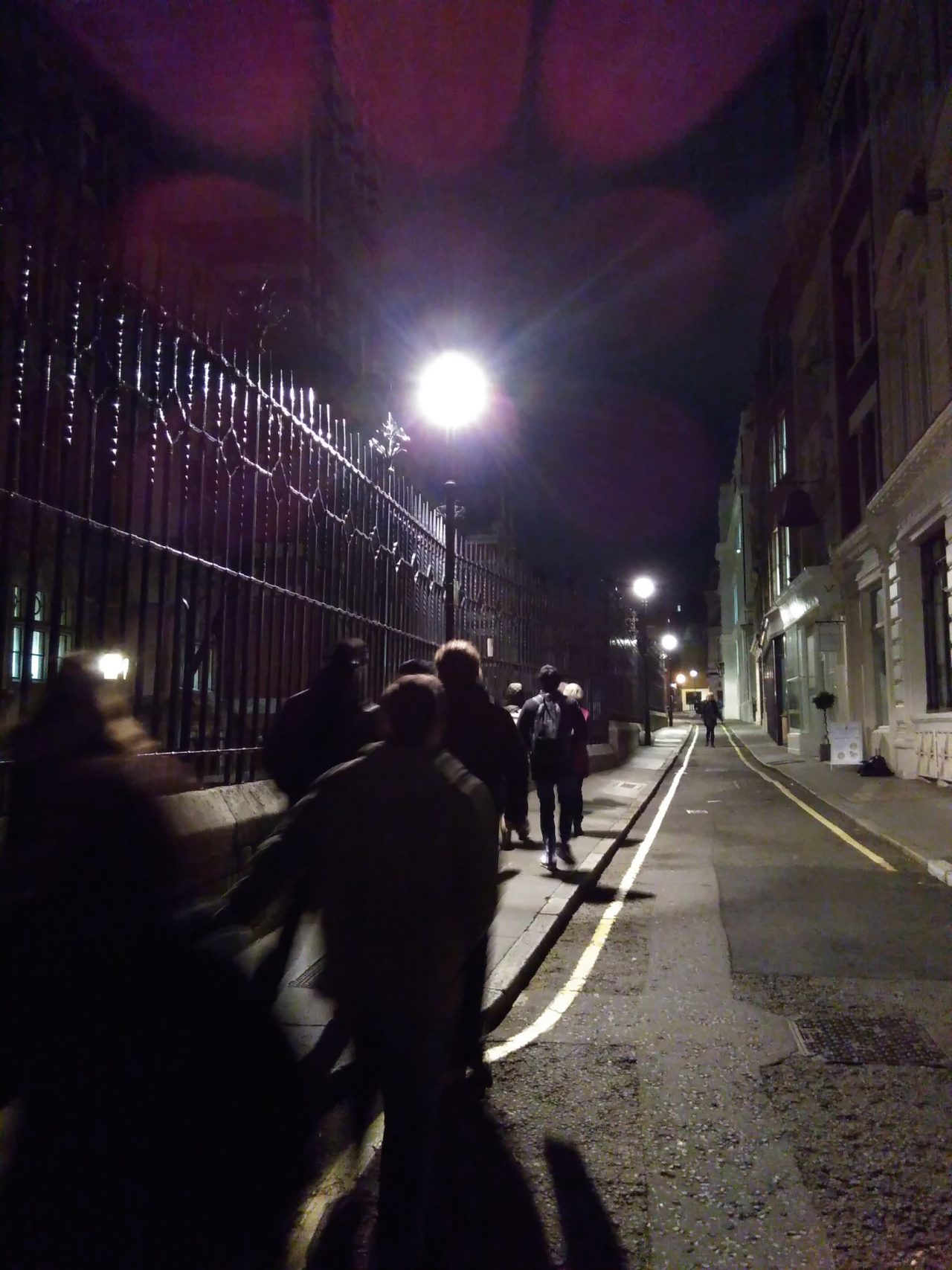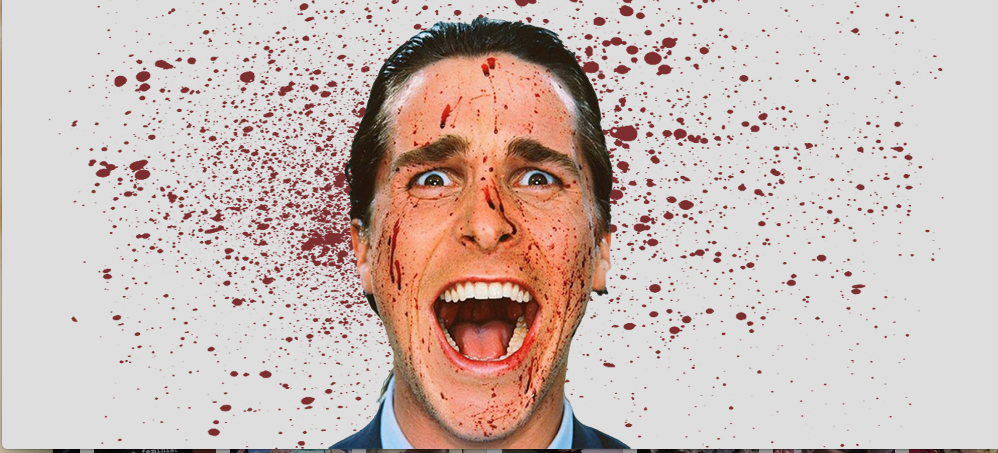Every year on Halloween, thousands of us don copious amounts of fake blood and pale facepaint to immerse ourselves into the world of horror. This year, I signed up to the ‘Blood and Tears Walk', hosted by abnormal psychology researcher Declan McHugh, to see if he could explain why so many of us love to be scared, and even pay for the privilege.
Declan has run this tour for 18 years. He’s informed and chilled over 50,000 people. The walk, as he put it, is a ‘smorgasbord’ of nasty material throughout the ages, incorporating execution sites, conspiracy theory, and of course, serial killers. He calls it a a two hour-long "interactive experience".

Why do people pay to be scared?
It’s the immersive experience that keeps people coming, says Declan. Unlike the “pre-packaged and pre-digested horror we get through the TV screen” (a version of horror he describes as “comfy scary”), Declan takes people out of their comfort zone. Certainly at no point on the tour did I feel ‘comfortable’. “I came on this tour to be thrilled,”, said Andreas, another member of my group. “And there's nothing more chilling than being told these horrifying stories in the places where they happened.” He described the appeal as a “grim attraction” that all of us feel towards the “dark side of our psyche.”
How do the economics of an age play into the horror that comes out of it?
A lot of the horror that comes out of a historical period is related to social norms of how humans should (and shouldn't) be treated. It's a common thing to call the age between the Tudors and Queen Victoria "the good old times", but Declan reminded us that the value of life at this time was "cheap...very, very, cheap" (as in, people-commonly-being-disemboweled-in-public levels of cheap). The grim conditions he conjured up in our minds' eye were unsettling enough to remind us to be grateful for how much more 'expensive' life has become (through things like advances in human rights and people's empowerment.)
Another phenomenon that's related to how our societies and economies are structured is serial killing. Declan is fascinated by them. Research by him and others seems to show that people who become serial killers tend to have suffered a particularly ‘toxic’ combination of circumstances in their early lives. “People love to believe that serial killers are beyond human,” says Declan. “It’s comforting to think that those people are not like us.’ But in fact, the path by which people transform into individuals capable of committing such atrocities is often laden with societal isolation, as well as years of physical and sexual abuse.
What will the horror stories of the future contain?
It seems there’s a new brand of psychopath in the making, known as the ‘business world psychopath’. It’s a term for those who conduct their abuse in a corporate way, with the ability to cause virtually all forms of misery just short of death.
Another horror-inducing phenomenon on the rise is the transition from serial killers to mass murderers, made possible through technological advances in the arms industry. Mass murderers (described by Declan as those who go to a public place and kill as many people as possible in “the last throes of their desperate world”) are only able to carry out their acts of evil because the weapons for them to do so are mass-produced and readily available on the black market. The psychology behind this form of murder has been vastly under-researched, particularly in comparison to the psychology behind serial killing.
Perhaps we can take comfort in the fact that most ghost tours draw on a world we’ve left behind. The motivations behind horrors of the past were as difficult to understand back then as mass murder and ‘business psychopath’ behavior are now. As we work towards a better understanding of the circumstances that create the possibility for horror, we might be able to create a world in which horror is confined to a ghost tour, rather than our daily lives...
Check out the rest of Economy Explores: Horror




